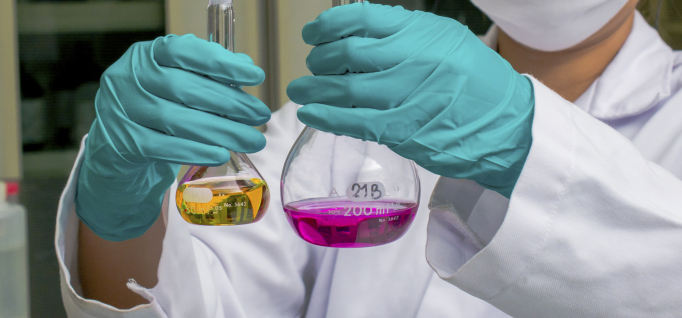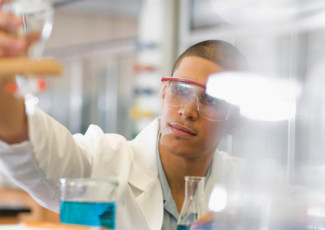Massachusetts Needs More STEM Graduates
By Emily Rogan
December 11, 2014
Report highlights changes in state’s public higher-education system to meet workforce needs.
Not long ago, officials in Massachusetts were not terribly concerned about the state’s public college and university system.
“The thought was, unlike other states, we have these prestigious private institutions; we don’t need to have the best public system,” says Katy Abel, associate commissioner for external affairs of the Massachusetts Department of Higher Education.
Herein lies the rub: The majority of the state’s undergraduate population attends a public college or university. Unlike students who attend private colleges and graduate, often in search of jobs out of state, 90 percent of public college graduates stick around for at least a year after they earn diplomas or certificates, according to a new report. And many of them end up contributing to the local workforce.
In Degrees of Urgency, the annual report of the state’s ongoing Vision Project, officials emphasized the need to increase graduation rates at the state’s public colleges and universities, particularly among students in pursuit of science, technology, engineering and mathematics (STEM) degrees. The state’s public higher-education system includes nine state universities, five University of Massachusetts campuses and 15 community colleges.
The STEM solution
The state’s primary industries are in STEM fields: biotechnology, computer science and information technology, for example. “If we have 52 percent [of undergraduates] in public education, with those industries, and we’re not in the top compared to other states, then we have a huge problem,” Abel says.
Another problem: Like other states, Massachusetts has a dire shortage of STEM graduates. Community colleges can help with the solution.
According to the report, more than 6,000 community college students have enrolled in 151 programs to earn degrees or certificates in six high-need, mainly STEM fields: health care, advanced manufacturing, information technology, biotechnology, clean energy and financial services. This year, the U.S. Department of Labor awarded the state’s 15 community colleges a $20 million, three-year grant to continue to help students complete degree and certificate programs in these fields.
The state also created a performance-based funding formula to support the mission of the community colleges. “When they graduate more students, they get more money,” Abel says. “The formula preserves the system’s commitment to liberal arts, encourages transfers to bachelor’s degree colleges, but also builds in credits for graduating more students in STEM fields and Pell Grant recipients.”
Seventy-two percent of jobs in Massachusetts will require some postsecondary training or education by 2020. For many community college students, particularly the state’s Latino and immigrant population, community college is a pathway to success, Abel says. “It’s a gateway to the dream, literally. They go through that door and anything is possible — a first job, transfer to another educational institution.”
Since the beginning of the Vision Project, public higher-education improvements have been modest but encouraging, Abel says. “One-third of our public campuses are now meeting or exceeding the Vision Project goal of just 1 percent improvement in the six-year college completion and success rate. If we’re able to scale and sustain those results at all campuses within a decade, it will be huge, and we will be a national leader in public higher education.”
What steps is your state taking to improve graduation rates at public colleges and universities? Tell us in the Comments.










